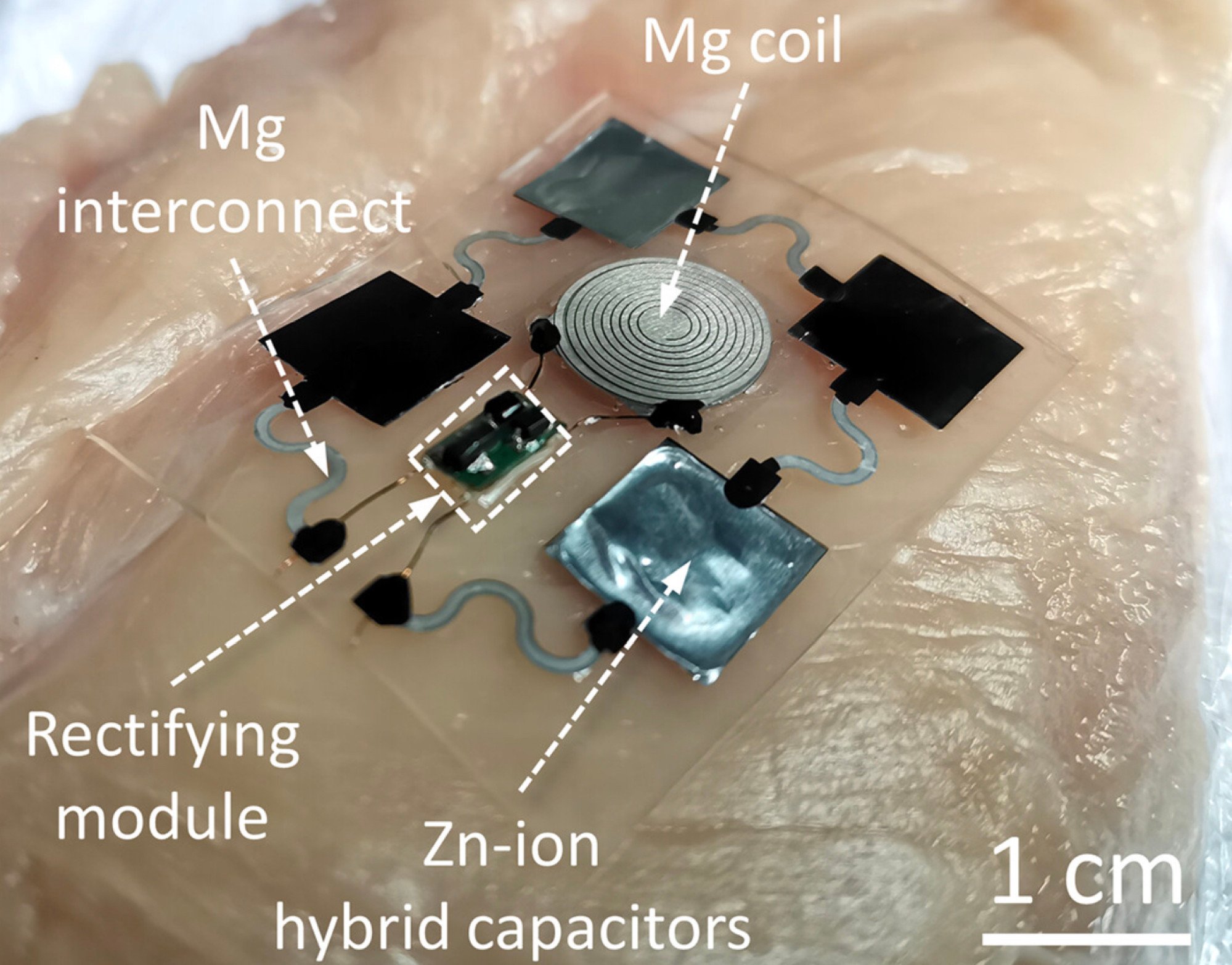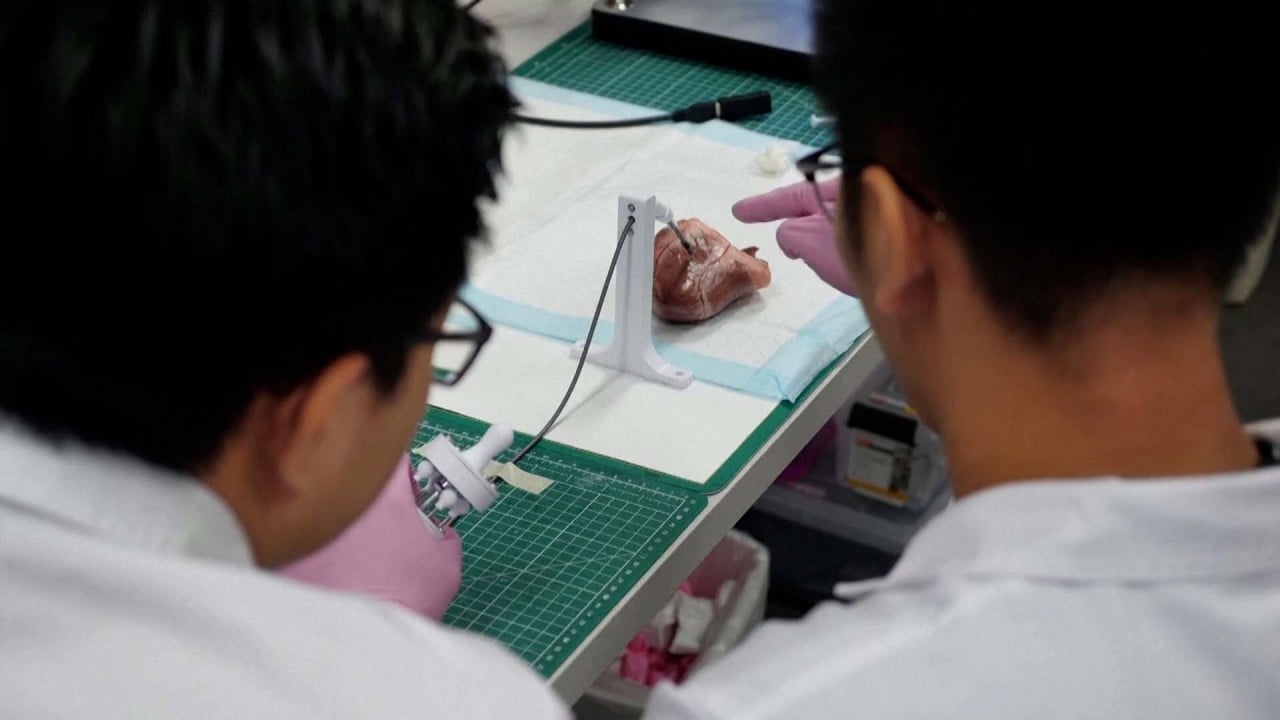The use of power supply units connected to transdermal chargers may lead to inflammation, while those powered by non-rechargeable batteries may need to be surgically replaced, resulting in complications, as stated in a recent paper.
To resolve this issue, researchers have put forth the concept of a wireless implantable power system with both high energy storage performance and favorable tissue interfacing properties. Its soft and flexible design enables it to conform to the shape of tissues and organs.

The wireless power supply device includes a magnesium coil that charges the device when an external transmitting coil is placed on the skin above the implant.
The magnesium coil delivers power through a circuit before entering an energy storage module composed of zinc-ion hybrid supercapacitors.
These supercapacitors store power as electrical energy, in contrast to batteries which store it as chemical energy, offering high power density and consistent high-energy discharge.
Contained in a flexible biodegradable chip-like implant, the prototype power supply integrates energy harvesting and storage into a single device.
Once charged, power can be directed into the attached bioelectronic device or stored in the supercapacitor to ensure a reliable constant power output.
Micro robot made by Hong Kong academics kills 99% of medical implant bacteria
Both zinc and magnesium present in the device are below daily intake levels and are biocompatible due to being essential to the human body.
Encased in polymer and wax, the entire device can bend and twist according to the structure of the tissue it is placed in.
Tests on rats revealed that the device is effective for up to 10 days and completely dissolves within two months.
The device’s functionality and operational duration can be tailored by altering the thickness and chemistry of the encapsulation layer.
The paper suggests integrating drug delivery systems into different body tissues and organs, emphasizing their role in localized on-demand therapy.
In a rodent trial, stacked supercapacitors with a receiving coil and a biodegradable drug delivery device were connected and implanted. The implanted prototype, consisting of separately encapsulated pieces jointed together, demonstrated effective functionality.
The implanted drug delivery device, containing an anti-inflammatory medicine, lowered the temperatures of rats with yeast-induced fever compared to those without implants, addressing the issue of on-off duration control.
Even among uncharged implants, passive drug release reduced temperatures in rats, suggesting the prototype’s capability for effective and reliable energy solutions in transient implantable bioelectronic devices.



